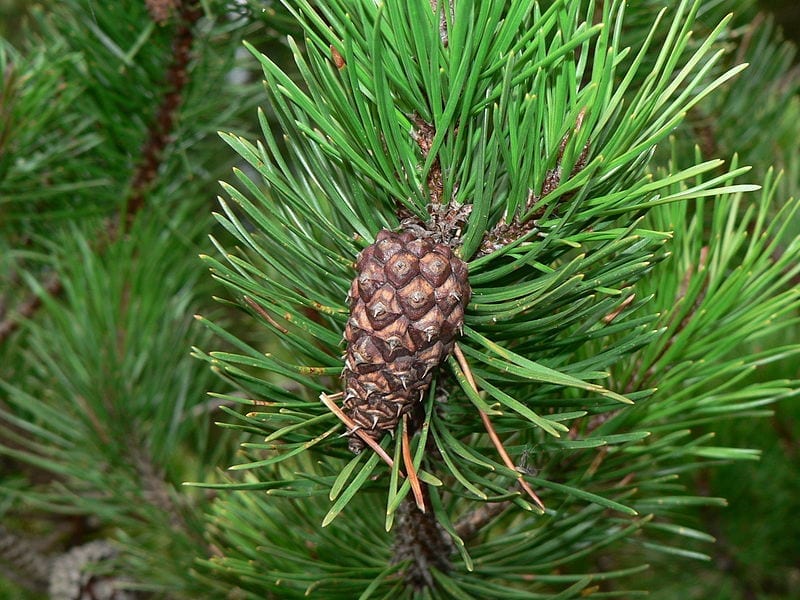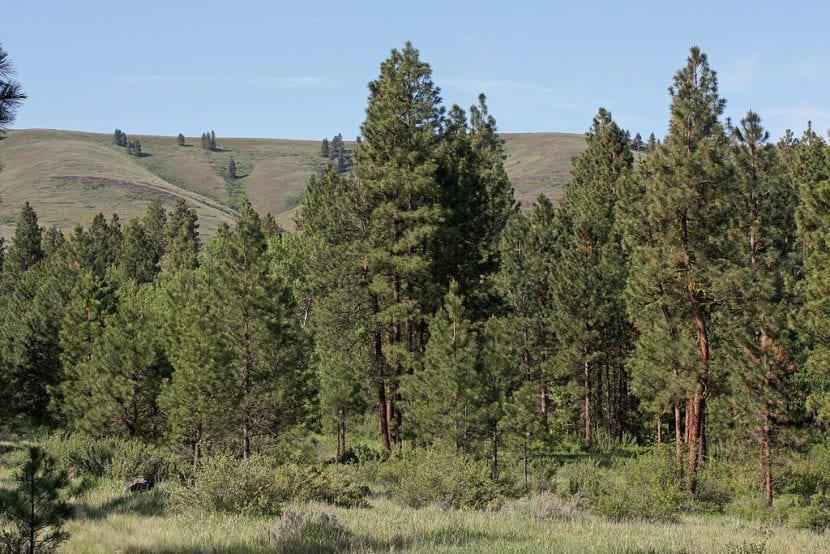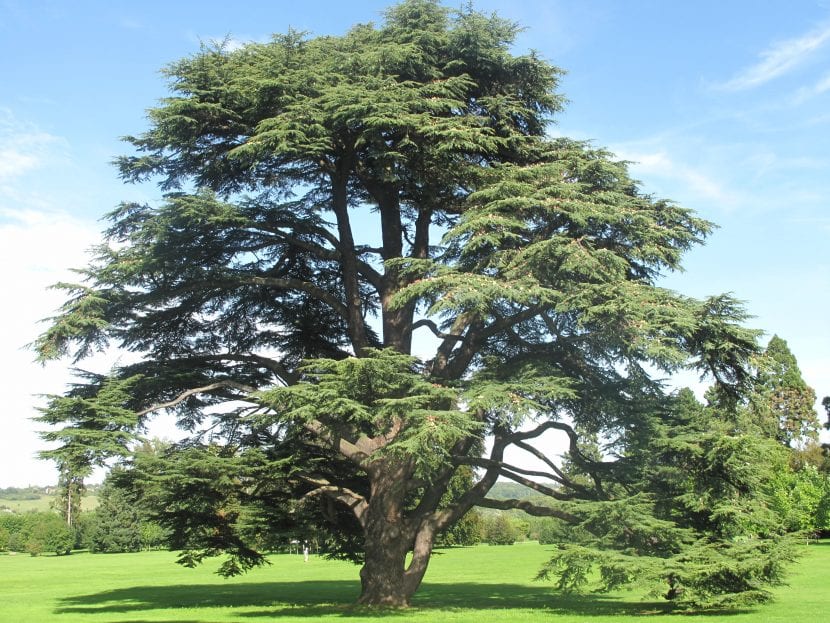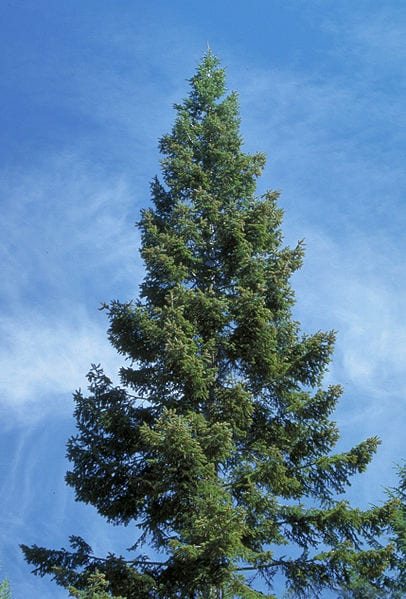
Pinus contorta - Image -Wikimedia / Walter Siegmund
In order to survive, plants have had to adapt to the environment in which they are found. Taking into account that to be able to live one must be able to breathe, and that said respiration implies a significant expenditure of water, there are some vegetables that have the acicular blade.
And because? Because this, unlike the broad blade, it does not need so much water to keep in top shape and, in addition, it is much better resistant to inclement weather. For this reason, those plants that produce it are evergreen, since the same leaf can remain on the branch for years.
What are the characteristics of the acicular blade?

Pinus ponderosa // Image - Wikimedia / Walter Siegmund
Broadly speaking, the leaves of plants can be classified in many ways, and one is by their shape. We have those that are wide, like those of the Aesculus for example, and those that they are rather thin, long and pointed. The latter are called needles, which is a term that comes from vulgar Latin accūcŭla, which is the diminutive of accus which means needle. In some regions they are also known as pine needles.
What plants produce them?

Cedrus atlantica 'Glauca'
If you are curious to know which plants have the acicular leaf, it is time to talk about it 🙂. Thus, the most important and popular are the Pine trees, firs and cedars, which have in common belonging to the gymnosperm family. The gymnosperms They were the first plants that colonized the Earth about 300 million years ago, so they can also be known as primitive plants.
What are the advantages and disadvantages of the needle blade?

great abies
Compared to the broadleaf, these are:
Advantages
The advantages are as follows:
- Much less water and energy is lost in producing them, since they are smaller.
- They stay for much longer (years), while the broad leaves have a life of months whether they are evergreen or deciduous plants.
- They are much more resistant to inclement weather (especially snow).
Drawbacks
Not everything is pros 🙂:
- The growth rate is slower. This is due to the fact that the leaf, due to its smaller size, does not have much fewer pores and less photosynthetic surface, so that it absorbs less carbon dioxide and, consequently, the plant produces less food.
- Does not tend to withstand extreme high temperatures well, 40ºC or more.
What did you think of this topic?